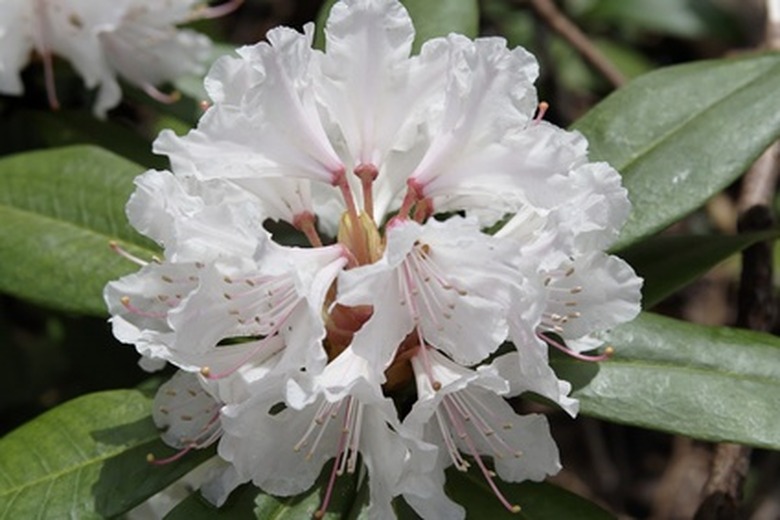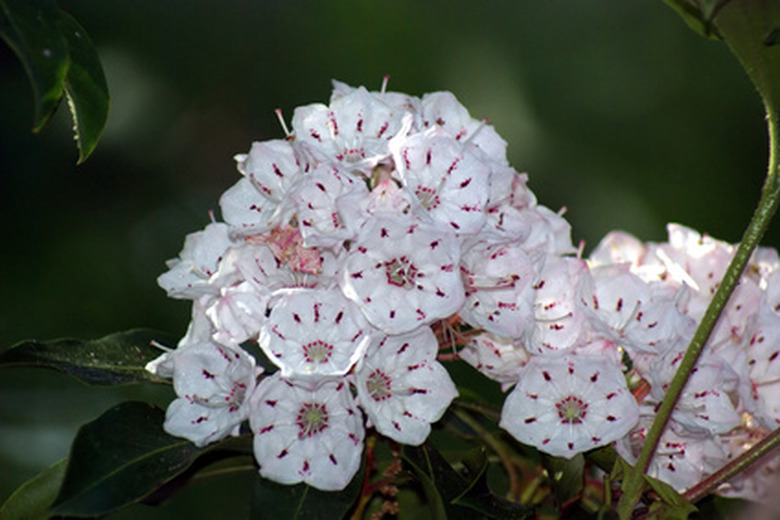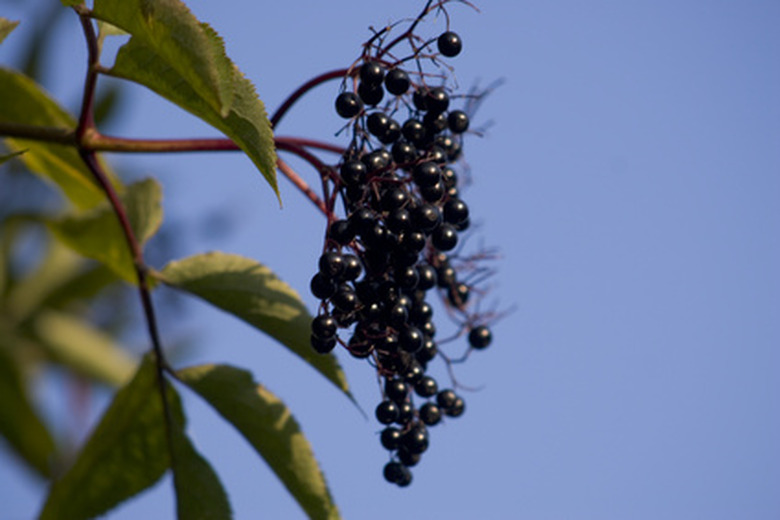Native Flowering Trees & Bushes In Appalachia
All along the Appalachian Trail, springtime showcases the natural beauty of native flowering trees and shrubs. These native flowering plants are so popular that they are incorporated into landscaping designs. They are planted in temperate zones all over the US. Besides lovely spring flowers, many of the native Appalachian flowering trees and shrubs also boast colorful fall foliage and produce berries that attract wildlife. These trees and shrubs make excellent ornamental plants for home gardeners and professional landscapers alike.
Mountain Laurel (Kalmia latifolia)
Mountain laurel is a small tree or shrub that grows to 10 feet in mountain areas, and to 25 feet in Piedmont areas of the Carolinas. The leaves are evergreen, with a shiny, waxy appearance. They cling through the winter to the interesting twisted branches, and they drop in the spring when new leaves grow to replace them. Mountain laurel flowers grow in clusters 6 inches across, covering the branch tips in the spring. Blossoms may be tinged combinations of white, pink, rose or purple. Individual flowers are 1 inch or more in diameter and bowl shaped, which makes the clusters very full and showy.
- All along the Appalachian Trail, springtime showcases the natural beauty of native flowering trees and shrubs.
- Individual flowers are 1 inch or more in diameter and bowl shaped, which makes the clusters very full and showy.
Fringe Tree (Chionanthus virginicus)
Fringe tree is also known as "Old Man's Beard." It is an understory tree that grows rather slowly to reach a mature height of 12 to 20 feet. Fringe trees are popular in urban settings because they tolerate air pollution. Fringe tree flowers are creamy white, drooping from the branches on long panicles. The elongated flowers give the clusters a fringed, or beard-like appearance. The flowers are very fragrant. Fringe trees grow in moist soil that is not soggy, and they prefer sun or partial shade. The small, dark blue fruits attract birds and wildlife in the fall.
- Fringe tree is also known as "Old Man's Beard." Fringe trees grow in moist soil that is not soggy, and they prefer sun or partial shade.
American Black Elderberry (Sambucus Canadensis)
American black elderberry is an Appalachian native shrub that produces 6 to 10 inch clusters of creamy white flowers in June. The shrubs mature between 5 and 15 feet in height. They grow in a variety of soil types along roadsides, in fencerows and even on strip-mined land where other plants will not grow. Elderberry shrubs are not bothered by insect pests or diseases. The sweet berries attract deer, rabbits, squirrels and other mammals, as well as a host of bird species. American black elderberries are the type used for jellies and wine.


